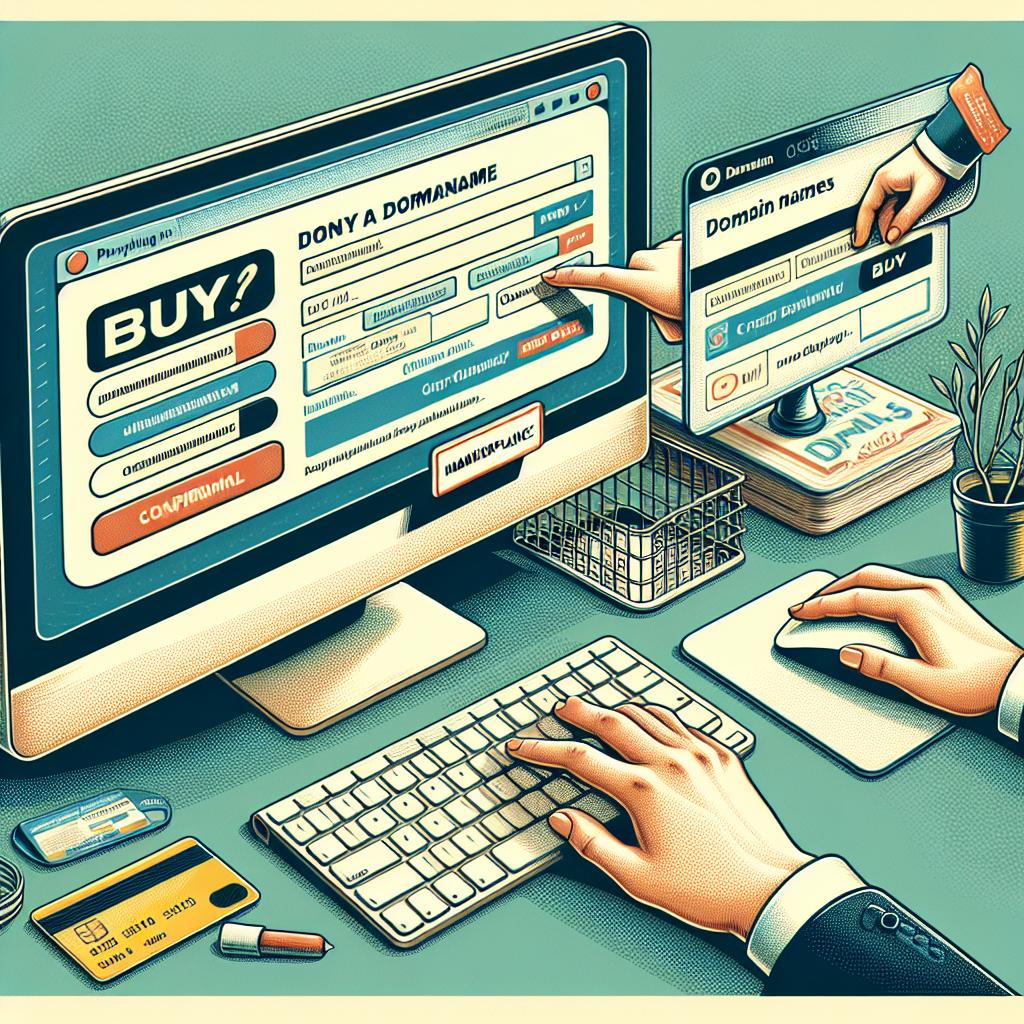In today’s digital landscape, owning a unique domain name is akin to owning prime real estate. It is your online identity, a critical component for businesses, influencers, and anyone aiming to establish an online presence. However, buying a domain from someone else can be a daunting task. Whether the domain you desire is currently in use or simply owned by someone else, understanding the intricacies of the process can make all the difference. In this guide, we’ll walk you through the essential steps to successfully buy a domain from someone.
Understanding Domain Ownership
Before embarking on the domain-buying journey, it’s vital to comprehend what domain ownership entails. A domain name is a string of characters that represents an IP address, making websites accessible via user-friendly names. Domains are owned through a registrar, and the ownership can be transferred in various ways. Some domains are often underutilized, while others may be cherished by their owners for personal or business purposes.
Assessing the Value of a Domain
Not all domains are created equal. The first step in your acquisition process involves assessing the value of the desired domain. Factors affecting domain value include:
- Length: Shorter domains are generally more valuable.
- Keywords: Domains that contain popular keywords can attract higher traffic.
- Brandability: A catchy, memorable name can significantly elevate its worth.
- Extension: .com domains are typically more sought after than other extensions.
To gain an idea of the domain’s market value, consider using appraisal tools such as SEMrush Domain Appraisal or NameBio. These can provide insight into market rates for similar domains.
Locating the Domain Owner
Once you’ve established the domain’s value, the next step is finding the current owner. Often, a domain’s ownership details can be accessed through a WHOIS lookup service. Websites like Whois Domain Tools can offer contact information if the owner hasn’t opted for privacy protection.
Crafting the Perfect Message
When reaching out to a domain’s owner, the tone of your message matters. Approach them politely and clearly express your interest in purchasing the domain. Here’s a suggested structure for your message:
- Introduce Yourself: A short, friendly introduction goes a long way.
- State Your Interest: Clearly state the domain you wish to buy.
- Inquire About Price: Politely ask if they are open to selling and for how much.
- Thank Them: Regardless of their response, express gratitude for their time.
A respectful approach can foster goodwill, but be prepared; the owner may not respond favorably. Patience and persistence are key.
Negotiating the Purchase
Should the owner express willingness to sell, negotiation begins. Understand that the initial asking price might be high. Approach the negotiation with a range in mind, based on your assessment of the domain’s value. Here’s a simple negotiation strategy:
| Step | Action |
|---|---|
| 1 | Start with a lower offer than what you are willing to pay. |
| 2 | Highlight the benefits of selling to you. |
| 3 | Be prepared for counteroffers and maintain flexibility. |
Finalizing the Purchase
After a price agreement has been reached, it’s time to finalize the transaction. Always use a secure payment method and consider involving a domain escrow service such as Escrow.com. This ensures that both parties fulfill their obligations before the ownership of the domain is transferred.
Transferring the Domain
Once payment is secured, the seller will initiate the transfer process through their registrar. After obtaining the authorization code, provide it to your registrar to complete the transfer. This is an essential step to secure your ownership of the domain.
My Opinion
Buying a domain from someone else doesn’t have to be overwhelming. By understanding the process, valuing the domain, communicating effectively, and finalizing the purchase securely, you can confidently expand your online presence. Always remember to keep things professional and courteous throughout the process.

